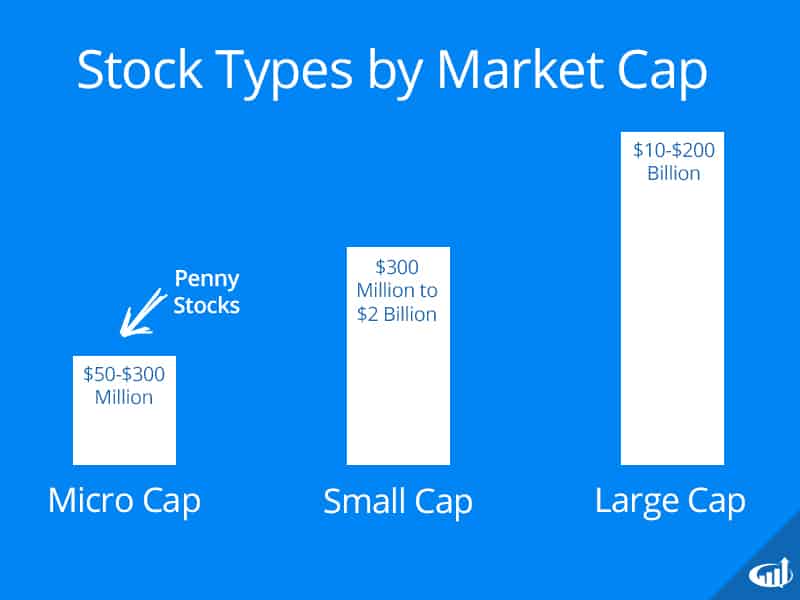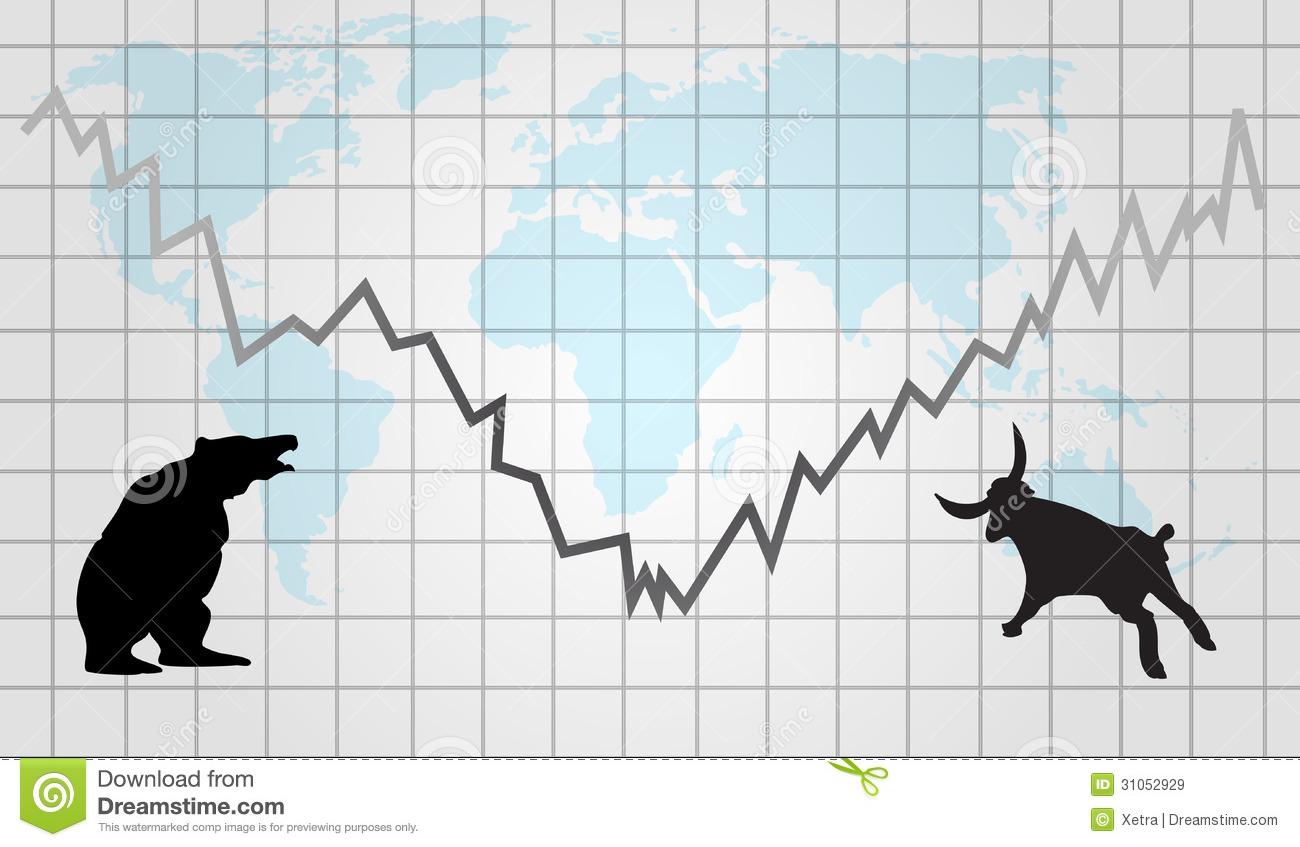
It is not common to make a living as a day trader. A high tax rate makes short-term trades risky. This type trade is just too risky. You can learn all you want about day trading, no matter what your interest is. Here are some useful tips to help day traders become profitable.
Price volatility
The study of day trader price volatility found significant asymmetries for unexpected changes in open interest and volume. The coefficients for positive and negative shocks are both smaller than their respective dummy variables. These coefficients represent the unanticipated increase in volatility during day trading. Negative shocks tend to be associated with greater volatility. In addition, the study also found significant asymmetries in the coefficients of unexpected day trading.

Average day range
Average day range for day traders is a measurement of average movement in a given day. This is the average daily range in dollars for two stocks. It can be adjusted according day volatility. An example: A stock that moves 2 points above its high on day 1 might have a larger range than the one on day 2, but a $2 average day range suggests a decrease in range. The range was $6 on the first day and $4 on the second day in the previous example.
Momentum trading
Although it is possible for a stock to be traded, momentum trading requires the right technical skills. You should be young and have high risk tolerance. Biotechs and small- to medium-sized technology companies are the most popular examples of momentum stocks. It is not enough to be familiar with chart patterns in order to create a profitable momentum strategy. Traders need to be able to read news and not only technical indicators.
Commissions
You'll see a big difference when you compare position trader and day trader compensations. An average position trader will make between two to five trades each month. While a day trader might make as many as twenty-one trades every day, an average day trader could trade as many as twenty. These two types of traders trade 21 times more per year than one another. Their commissions total 2,625 pip versus 125 pip, which is difficult to justify when they perform similar.
Research
Execution is key to a successful day trading strategy. There are many options for determining when is the best time to purchase or sell stock. However, technical analysis is one of the most important. This type analyzes price data using mathematical formulas to identify patterns and determine relative supply/demand. Day traders find technical analysis particularly helpful because it allows them to identify trends and patterns that can affect the security's value. A trade deficit can affect the value of futures on 2-year Treasury notes while summer rains in Iowa have an impact on December corn futures.

Trading style
Day traders can use several trading techniques to gain short-term market movements. These techniques typically combine technical indicators and price action. Swing traders are those who trade sporadically and aim for intermediate-term opportunities. The trading style differs from traditional trading in that swing traders use technical analysis to take advantage of price fluctuations. Swing traders are the most profitable type of trader, but they can also be the most risky.
FAQ
How do you invest in the stock exchange?
Brokers can help you sell or buy securities. Brokers can buy or sell securities on your behalf. Brokerage commissions are charged when you trade securities.
Banks typically charge higher fees for brokers. Banks will often offer higher rates, as they don’t make money selling securities.
To invest in stocks, an account must be opened at a bank/broker.
A broker will inform you of the cost to purchase or sell securities. Based on the amount of each transaction, he will calculate this fee.
Your broker should be able to answer these questions:
-
The minimum amount you need to deposit in order to trade
-
whether there are additional charges if you close your position before expiration
-
What happens to you if more than $5,000 is lost in one day
-
How long can positions be held without tax?
-
whether you can borrow against your portfolio
-
How you can transfer funds from one account to another
-
How long it takes transactions to settle
-
The best way for you to buy or trade securities
-
How to Avoid Fraud
-
how to get help if you need it
-
How you can stop trading at anytime
-
How to report trades to government
-
Reports that you must file with the SEC
-
whether you must keep records of your transactions
-
What requirements are there to register with SEC
-
What is registration?
-
What does it mean for me?
-
Who is required to register?
-
What time do I need register?
What is a Stock Exchange and How Does It Work?
A stock exchange allows companies to sell shares of the company. Investors can buy shares of the company through this stock exchange. The market sets the price of the share. It is usually based on how much people are willing to pay for the company.
Investors can also make money by investing in the stock exchange. Investors give money to help companies grow. They buy shares in the company. Companies use their funds to fund projects and expand their business.
Stock exchanges can offer many types of shares. Others are known as ordinary shares. These are the most popular type of shares. Ordinary shares are bought and sold in the open market. Prices of shares are determined based on supply and demande.
There are also preferred shares and debt securities. When dividends are paid out, preferred shares have priority above other shares. The bonds issued by the company are called debt securities and must be repaid.
What is the difference between the securities market and the stock market?
The entire market for securities refers to all companies that are listed on an exchange that allows trading shares. This includes stocks as well options, futures and other financial instruments. There are two types of stock markets: primary and secondary. Stock markets that are primary include large exchanges like the NYSE and NASDAQ. Secondary stock markets let investors trade privately and are smaller than the NYSE (New York Stock Exchange). These include OTC Bulletin Board (Over-the-Counter), Pink Sheets, and Nasdaq SmallCap Market.
Stock markets are important because it allows people to buy and sell shares in businesses. The value of shares is determined by their trading price. New shares are issued to the public when a company goes public. Investors who purchase these newly issued shares receive dividends. Dividends are payments made by a corporation to shareholders.
Stock markets not only provide a marketplace for buyers and sellers but also act as a tool to promote corporate governance. The boards of directors overseeing management are elected by shareholders. Managers are expected to follow ethical business practices by boards. If a board fails to perform this function, the government may step in and replace the board.
Statistics
- US resident who opens a new IBKR Pro individual or joint account receives a 0.25% rate reduction on margin loans. (nerdwallet.com)
- "If all of your money's in one stock, you could potentially lose 50% of it overnight," Moore says. (nerdwallet.com)
- The S&P 500 has grown about 10.5% per year since its establishment in the 1920s. (investopedia.com)
- Ratchet down that 10% if you don't yet have a healthy emergency fund and 10% to 15% of your income funneled into a retirement savings account. (nerdwallet.com)
External Links
How To
How to Trade in Stock Market
Stock trading is a process of buying and selling stocks, bonds, commodities, currencies, derivatives, etc. Trading is French for traiteur, which means that someone buys and then sells. Traders sell and buy securities to make profit. It is one of the oldest forms of financial investment.
There are many methods to invest in stock markets. There are three basic types: active, passive and hybrid. Passive investors only watch their investments grow. Actively traded investors seek out winning companies and make money from them. Hybrid investors use a combination of these two approaches.
Passive investing can be done by index funds that track large indices like S&P 500 and Dow Jones Industrial Average. This strategy is extremely popular since it allows you to reap all the benefits of diversification while not having to take on the risk. You just sit back and let your investments work for you.
Active investing involves selecting companies and studying their performance. Active investors will analyze things like earnings growth rates, return on equity and debt ratios. They also consider cash flow, book, dividend payouts, management teams, share price history, as well as the potential for future growth. They will then decide whether or no to buy shares in the company. If they feel that the company's value is low, they will buy shares hoping that it goes up. On the other hand, if they think the company is overvalued, they will wait until the price drops before purchasing the stock.
Hybrid investing combines some aspects of both passive and active investing. A fund may track many stocks. However, you may also choose to invest in several companies. This would mean that you would split your portfolio between a passively managed and active fund.